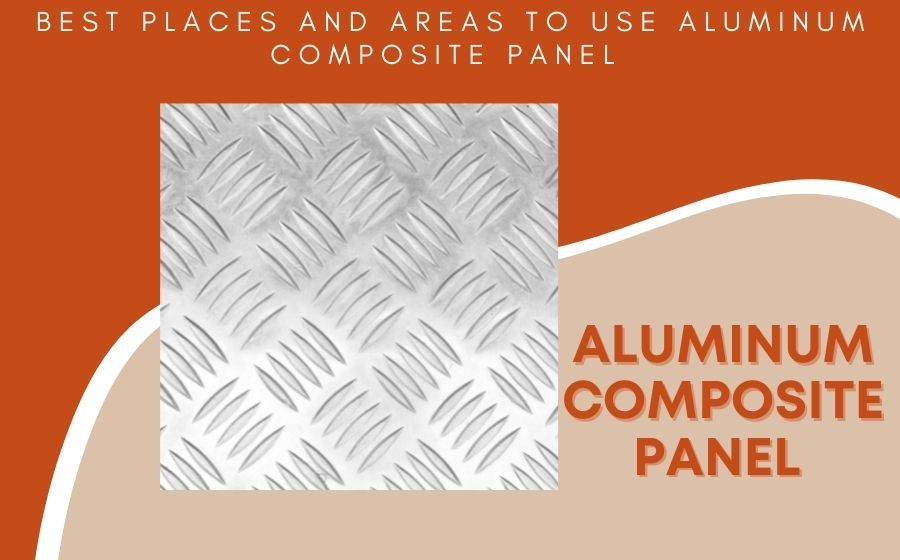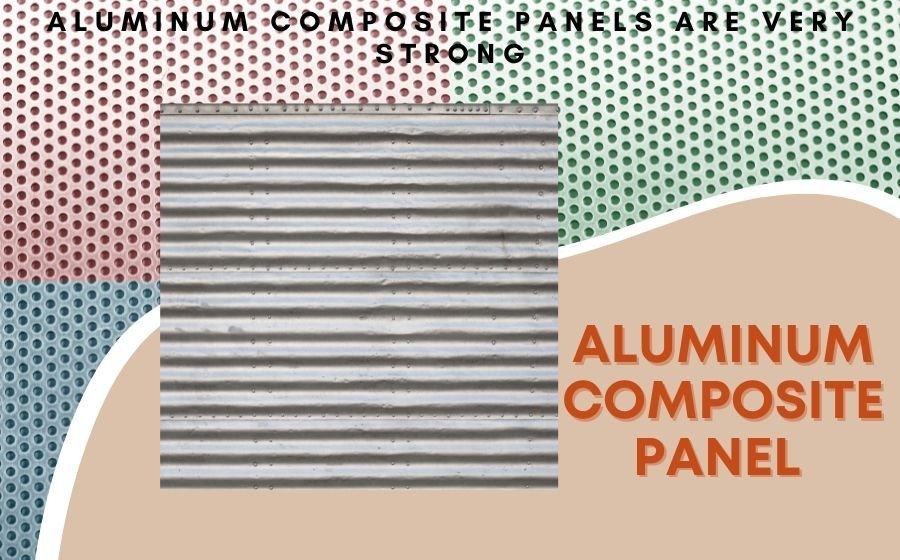
The aluminum composite panel can be widely used in streets, roads, and bridges. These products are installed according to the users' requirements on both sides of the road or rail tracks. And these materials have slight ridge dips ranging from 0° ~ 15° with little precise way for fitting members; however, this does not affect their antifouling performance purpose, such as impermeability against corrosive material penetration. The peeling prevention effect is regarded as attractive by a large number of users.
From a technological standpoint, Aluminum composite panels have the following advantages:
Aluminum plates and sheets are commonly used for various measurement purposes, such as the enclosure of electronic instruments. Its low conductivity and compressive strength provide high-performance materials for measuring organisms inside an enclosed space. These products can be processed percutaneously.
Although most of the market volume of these panels is supplied by companies based in Asia, these products are also widely used in North America, Europe, and Latin America. In this global market world, Aluminum composite paneling takes many shapes, such as 1/2" thick panels with 3m – 6m lengths, 1.6mm and 3 inches wide Aluminum panels, Aluminum steel framing, and double-curved shape curved regular Aluminum composite paneling can be supplied in a variety of sheet sizes from standard size (50 cm x 250 cm sheets) to stainless steel grade plate with thicknesses ranging up to 2mm. All our products, such as structural grade Round cover plates, have SBS optical graded corner rounding edges on all five sides that ensure smooth edges for easy edge painting and have 2mm & 4mm thickness.
Rigidity:
- High-density EPS could increase the tensile strength by up to 50% compared with PS in the case of Aluminum composite panels.
Because it is composed of multiple resins that underlay all its edges and corners, a single bite may withstand bending or stress on one plane and laterally at different levels inside the bounding volume (WSSA BV 2001). This results from any fracture of the resins even with minimal tooling or limited steaming, which is not observed in the case of a single workpiece.

Corrosion Resistance:
- Composite panel is less sensitive to corrosion than PS (WSSA BV 2001). – Use/no use treatment for 28 days at 95% relative humidity, atmospheric conditions, and 50 degrees Celsius constant temperature resulted in a more stable compound according to WSSA analysis after 16 months (WSSA BV 2001).
- A composite panel is less sensitive to corrosion than its components, reducing maintenance and use costs.
Crush Resistance:
The high tensile strength of EPS allows it to resist crush damage during installation and transport through metal frames or trucks (WSSA BV 2001) without disbanding part edges in everyday happenings of loading. Due to their ductility aspect, these parts generally have low compressive strength. These are among the positive aspects of Aluminum composite panels compared to other kinds of low-density, rigid materials used in external cladding systems and building armor.
High tensile:
It characterizes lightweight, pliable material like EPS or tissues resistant to localized
impact. High tensile force is usually present in a light, flexible material like EPS or tissues resistant.
Shock Resistance:
It also has high resistance because its cellular nature absorbs energy shock more than other engineering plastics, which helps the panels maintain their structural integrity throughout the application process.

And can withstand the most common causes of damage (destroying particles, shattering, and bending). Also, it is incorruptible in that once cut into any shape or service, its actual structural integrity doesn't change.
It is strong enough to be used as a prison door panel (walls & doors).
The main reason these panels are used in buildings is that buildings are made out of concrete or steel frames; using Aluminum Composite panels can save a lot on building construction costs.
Aluminum Composite Panels are mainly used in the construction industry. Those types of building structures can include industrial buildings, warehouses, and rail cars as well as homes to reduce costs on labor and materials while still achieving an impeccable seal against water stains and airflow/ventilation changes along with keeping warm during freezing weather but also scorching climates respectively just to name a few. It is being extensively used in some large commercial applications.
It is also used for minor purposes, such as boat hulls and small space shuttle vehicles. It has been widely exploited in the energy sector (construction, industrial, aerospace, etc.). The application of Aluminum Composite Panels can be found in many industry sectors due to their cost-effectiveness features and because it comes with customization abilities in the most efficient way possible, which will save your production capacity.
Aluminum Composite Panels are usually used in fasteners and bolts. It is common to find these panels being used as a general lining for pipes, tanks, or even ventilation holes located inside exhaust systems within vehicles. It can also be seen as an alternative airplane hull skin material on some of the most advanced aircraft (Boeing Dreamliner).
As an alternative to Aluminum, steel frame structures have also been used.
They are as versatile and robust as the best of both worlds. Depending on the client's interests, requirements, goals/objectives, and budgeting constraints, they can be made in various configurations ranging from modular or semi-fixed to full-fixed type.
The Steel Framed Composite Panel systems can easily be integrated with Aluminum in their design. The Metal Frame is designed and built to resist winds, earthquakes, tsunamis, etc.
It can also be used as a sound dampener instead of conventional solid material such as wood and rubber, steel frames,, or even double walls stacked together (Interior Construction).